Home>Interior Design>Should A Bedroom Be Light Or Dark? Sleep Experts Advice On The Best Choice For You
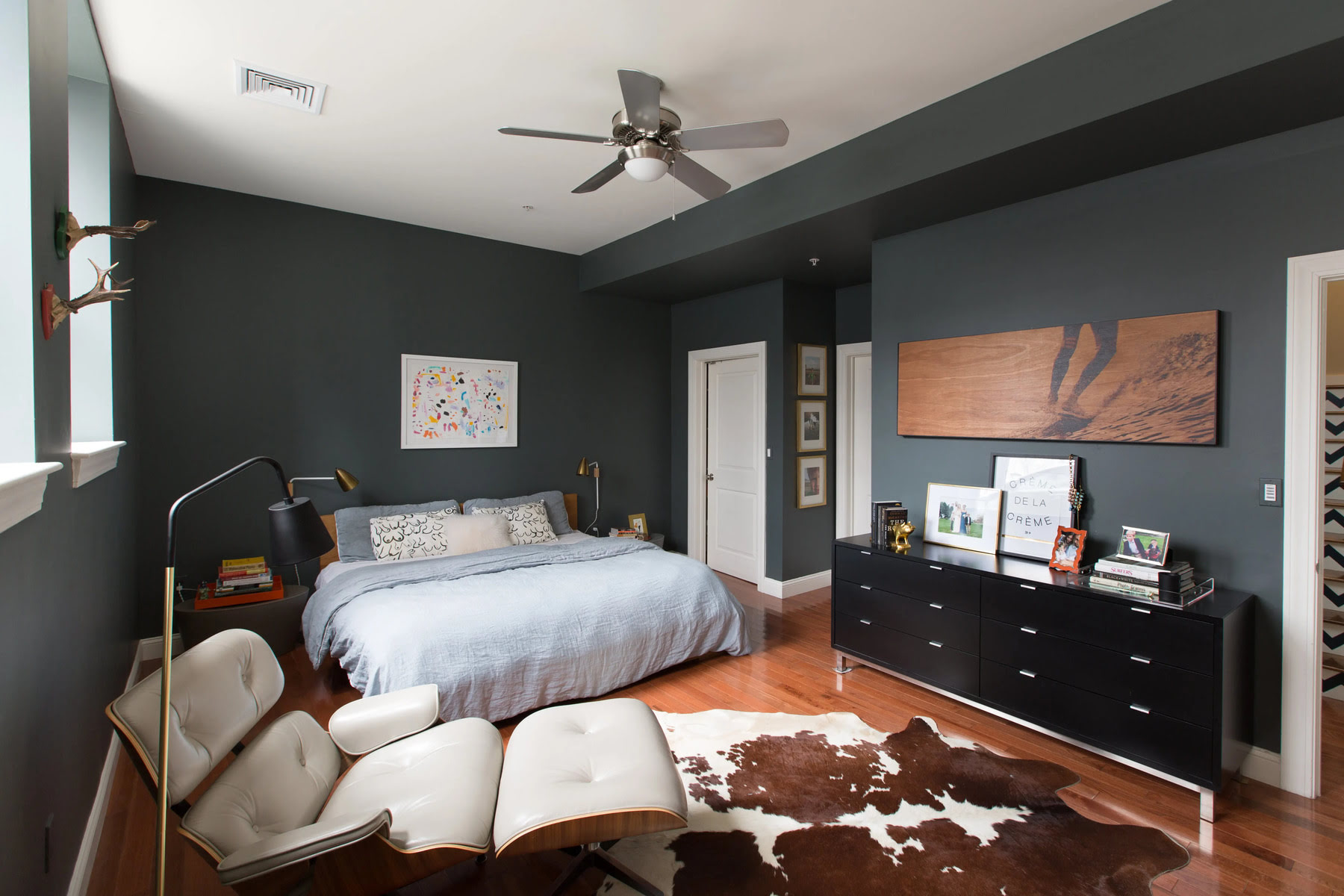

Interior Design
Should A Bedroom Be Light Or Dark? Sleep Experts Advice On The Best Choice For You
Modified: October 20, 2024
Discover expert advice on whether a light or dark bedroom is best for your sleep and interior design. Explore the ideal choice for a restful space.
(Many of the links in this article redirect to a specific reviewed product. Your purchase of these products through affiliate links helps to generate commission for Storables.com, at no extra cost. Learn more)
**
The Impact of Light and Dark on Sleep
**
When it comes to designing a bedroom, one of the crucial decisions to make is whether to opt for a light or dark color scheme. The choice between a light or dark bedroom can significantly impact your sleep quality and overall well-being. In this article, we will explore the effects of light and dark environments on sleep, consider various factors that influence this decision, present the cases for both light and dark bedrooms, and delve into the recommendations of sleep experts. By the end, you will have a comprehensive understanding of the best choice for your bedroom, tailored to your specific needs and preferences.
**
The Impact of Light and Dark on Sleep
The color scheme of a bedroom can have a profound impact on the quality of sleep experienced within it. Both light and dark environments have their own set of effects on the mind and body, influencing various aspects of sleep such as duration, depth, and overall restfulness.
Light, particularly natural light, plays a crucial role in regulating the body’s internal clock, also known as the circadian rhythm. Exposure to natural light during the day helps synchronize this internal clock, promoting wakefulness and alertness. In the evening, as the light diminishes, the body naturally begins to produce melatonin, a hormone that signals the onset of sleep. Therefore, a bedroom with ample natural light during the day can contribute to a well-regulated circadian rhythm, potentially leading to improved sleep quality.
Conversely, a dark environment is essential for signaling the body to initiate the sleep process. Light, especially blue light emitted by electronic devices, can interfere with the production of melatonin, disrupting the natural transition to sleep. A dark bedroom, free from sources of artificial light, can facilitate the body’s melatonin production, promoting a smoother and more efficient transition to sleep.
Moreover, the psychological impact of light and dark environments cannot be overlooked. Light, particularly softer, warmer hues, can create a sense of openness and airiness, contributing to a calming and soothing atmosphere conducive to relaxation. On the other hand, a dark bedroom can evoke feelings of coziness and intimacy, providing a sense of security and comfort that can promote relaxation and stress reduction.
It is evident that both light and dark environments have distinct influences on sleep, encompassing physiological, psychological, and emotional aspects. The interplay of these factors underscores the importance of carefully considering the impact of the bedroom’s color scheme on sleep quality and overall well-being.
**
Factors to Consider
When deliberating between a light or dark bedroom, several factors should be taken into account to make an informed decision tailored to individual preferences and needs.
First and foremost, personal preference plays a significant role. Some individuals find solace in the brightness and airiness of a light bedroom, while others prefer the cozy and intimate ambiance of a dark bedroom. Considering your own preferences and the atmosphere that best promotes relaxation for you is crucial in creating a sleep-conducive environment.
Another essential consideration is the amount of natural light available in the bedroom. Rooms with ample natural light can benefit from a light color scheme, as it can enhance the sense of spaciousness and contribute to a vibrant, energizing atmosphere during the day. Conversely, bedrooms with limited natural light may feel more inviting and comforting with a darker color scheme, creating a cocoon-like environment that fosters relaxation.
The size of the bedroom also influences the choice between light and dark colors. In smaller rooms, a light color scheme can create the illusion of space and prevent the area from feeling cramped. On the other hand, a dark color scheme in a larger bedroom can impart a sense of intimacy and warmth, particularly in the evening.
Consideration should also be given to the overall decor and furnishings within the bedroom. A cohesive color scheme that complements the existing decor can contribute to a harmonious and visually appealing space. Additionally, the intended atmosphere of the bedroom, whether it be serene and tranquil or cozy and intimate, should align with the chosen color scheme to create a cohesive and inviting environment.
Furthermore, the impact of the bedroom’s color scheme on mood and emotional well-being should not be overlooked. Light and dark colors can evoke different emotional responses, and it is essential to consider how the chosen color scheme may influence mood and relaxation within the bedroom.
By carefully considering these factors, individuals can make an informed decision regarding the color scheme of their bedroom, ensuring that it aligns with their personal preferences, the characteristics of the space, and the desired atmosphere for rest and relaxation.
**
The Case for Light Bedrooms
Light bedrooms offer a myriad of benefits that can contribute to a serene and rejuvenating sleep environment. The use of light colors, such as soft pastels or airy neutrals, can create an atmosphere of openness and tranquility, fostering a sense of calm and relaxation.
One of the primary advantages of a light bedroom is its ability to maximize natural light. Light colors reflect natural light, enhancing the brightness and spaciousness of the room during the day. This can uplift the mood and create an inviting ambiance, especially in smaller or dimly lit spaces. The infusion of natural light can also positively influence mood and energy levels, promoting a sense of vitality and well-being.
Light bedrooms are particularly beneficial for individuals who prefer a minimalist and airy aesthetic. The use of light colors can contribute to a clean and uncluttered visual appeal, promoting a sense of serenity and simplicity within the space. This can be especially advantageous for those seeking a calming environment conducive to relaxation and unwinding at the end of the day.
Furthermore, light bedrooms have the potential to adapt to various decor styles and preferences. The versatility of light colors allows for seamless integration with different furnishings and decor elements, providing a cohesive and harmonious look. Whether it be a contemporary, Scandinavian, or traditional aesthetic, light bedrooms can serve as a blank canvas for personalization and self-expression.
Light bedrooms also have the ability to evoke a sense of timelessness and elegance. Soft, neutral hues can create a timeless appeal that transcends trends, ensuring that the bedroom maintains a classic and enduring aesthetic. This can be particularly appealing for individuals who value longevity and enduring style in their living spaces.
In summary, light bedrooms offer a range of advantages, including the maximization of natural light, the promotion of a minimalist aesthetic, adaptability to various decor styles, and the creation of a timeless and elegant ambiance. These attributes make light bedrooms a compelling choice for individuals seeking a serene and versatile sleep environment.
**
Consider your personal preference and sleep habits. If you have trouble falling asleep, a darker bedroom may be best. If you prefer a brighter space, opt for lighter colors and use blackout curtains to control the light.
The Case for Dark Bedrooms
Dark bedrooms present a unique and alluring ambiance that can contribute to a restful and cocoon-like sleep environment. The use of deep, rich colors in a bedroom can evoke a sense of intimacy, comfort, and tranquility, offering a compelling alternative to light color schemes.
One of the primary advantages of a dark bedroom is its ability to create a cozy and enveloping atmosphere. Deep hues, such as charcoal, navy, or forest green, can impart a sense of warmth and intimacy, making the bedroom a welcoming retreat conducive to relaxation and rejuvenation. This cocoon-like environment can be particularly appealing for individuals seeking a sense of security and comfort in their sleep space.
Dark bedrooms also have the potential to promote a restful and soothing ambiance, especially in the evening. The use of deep colors can create a sense of tranquility and calm, providing a visually soothing backdrop for winding down at the end of the day. This can contribute to a peaceful and restorative sleep experience, allowing individuals to unwind and detach from the stresses of the day.
Furthermore, dark bedrooms can offer a dramatic and luxurious aesthetic that exudes sophistication and elegance. Deep, rich colors can create a sense of opulence and refinement, elevating the overall ambiance of the bedroom. This can be particularly appealing for individuals who appreciate a sense of luxury and indulgence in their sleep environment.
Dark bedrooms also have the potential to enhance the functionality of the space. Deep colors can create a conducive environment for activities such as reading or watching television, as they minimize glare and create a comfortable setting for leisurely pursuits. Additionally, the use of dark colors can create a striking backdrop for showcasing artwork, decorative elements, and furnishings, adding depth and visual interest to the space.
In summary, dark bedrooms offer a range of advantages, including the creation of a cozy and enveloping atmosphere, the promotion of a restful and soothing ambiance, the exuding of sophistication and elegance, and the enhancement of functional aspects of the space. These attributes make dark bedrooms a compelling choice for individuals seeking a luxurious and tranquil sleep environment.
**
Sleep Experts’ Recommendations
When it comes to choosing between a light or dark bedroom, sleep experts emphasize the importance of tailoring the color scheme to individual preferences and specific sleep needs. While there are distinct benefits to both light and dark bedrooms, the ultimate decision should align with an individual’s unique lifestyle, habits, and sensitivities.
Experts suggest that individuals consider their personal response to light and color when making this decision. Some individuals may find that light, airy colors promote a sense of tranquility and relaxation, while others may feel more at ease in a cozy, dark environment. Understanding one’s emotional and psychological response to different color schemes can provide valuable insight into the most conducive sleep environment.
Additionally, sleep experts advise considering the practical aspects of the bedroom, such as the amount of natural light, the size of the space, and the existing decor. Rooms with ample natural light may benefit from a light color scheme, while smaller or dimly lit spaces may feel more inviting with a darker color palette. It is important to assess how the chosen color scheme interacts with the physical characteristics of the bedroom to create an optimal sleep environment.
Furthermore, experts highlight the significance of creating a sleep-conducive atmosphere through the harmonious integration of color, lighting, and decor. Regardless of whether the bedroom is light or dark, the goal is to establish a tranquil and relaxing space that promotes restful sleep. This involves considering not only the color scheme but also the overall ambiance and comfort of the bedroom.
Ultimately, sleep experts emphasize the individualized nature of the decision, encouraging individuals to prioritize their own comfort and preferences when selecting a color scheme for the bedroom. By considering personal responses to light and color, the practical aspects of the space, and the creation of a sleep-conducive atmosphere, individuals can make an informed choice that aligns with their unique sleep needs and contributes to a restful and rejuvenating sleep experience.
**
Conclusion
The choice between a light or dark bedroom is a decision that holds significant implications for sleep quality and overall well-being. Both light and dark environments offer distinct advantages, catering to diverse preferences and contributing to unique sleep experiences.
When considering the impact of light and dark on sleep, it becomes evident that natural light plays a crucial role in regulating the body’s internal clock, while a dark environment is essential for signaling the body to initiate the sleep process. The interplay of physiological, psychological, and emotional factors underscores the importance of carefully assessing the impact of the bedroom’s color scheme on sleep quality.
Factors such as personal preference, the amount of natural light, the size of the bedroom, existing decor, and the emotional impact of the color scheme should all be taken into account when making this decision. Light bedrooms offer benefits such as maximizing natural light, adaptability to various decor styles, and a timeless appeal, while dark bedrooms create a cozy and enveloping atmosphere, promote a restful ambiance, and exude sophistication and elegance.
Ultimately, the recommendations of sleep experts emphasize the individualized nature of the decision, highlighting the importance of tailoring the color scheme to individual preferences and specific sleep needs. By considering personal responses to light and color, the practical aspects of the space, and the creation of a sleep-conducive atmosphere, individuals can make an informed choice that aligns with their unique sleep needs and contributes to a restful and rejuvenating sleep experience.
In conclusion, the decision between a light or dark bedroom should be approached thoughtfully, taking into consideration personal preferences, the characteristics of the space, and the desired atmosphere for rest and relaxation. By making an informed choice that aligns with individual needs and preferences, individuals can create a sleep environment that promotes rejuvenation, tranquility, and overall well-being.
Frequently Asked Questions about Should A Bedroom Be Light Or Dark? Sleep Experts Advice On The Best Choice For You
Was this page helpful?
At Storables.com, we guarantee accurate and reliable information. Our content, validated by Expert Board Contributors, is crafted following stringent Editorial Policies. We're committed to providing you with well-researched, expert-backed insights for all your informational needs.
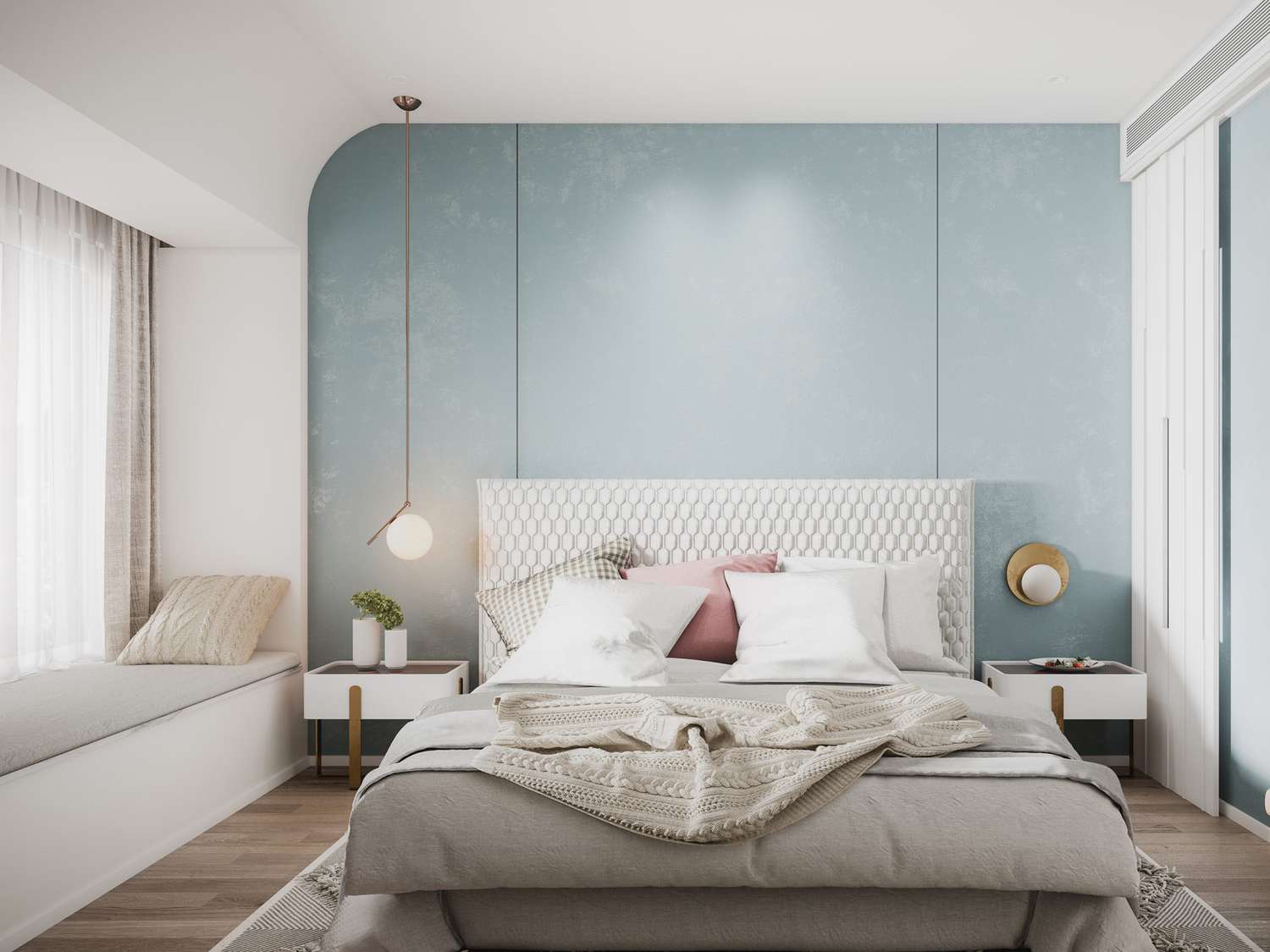
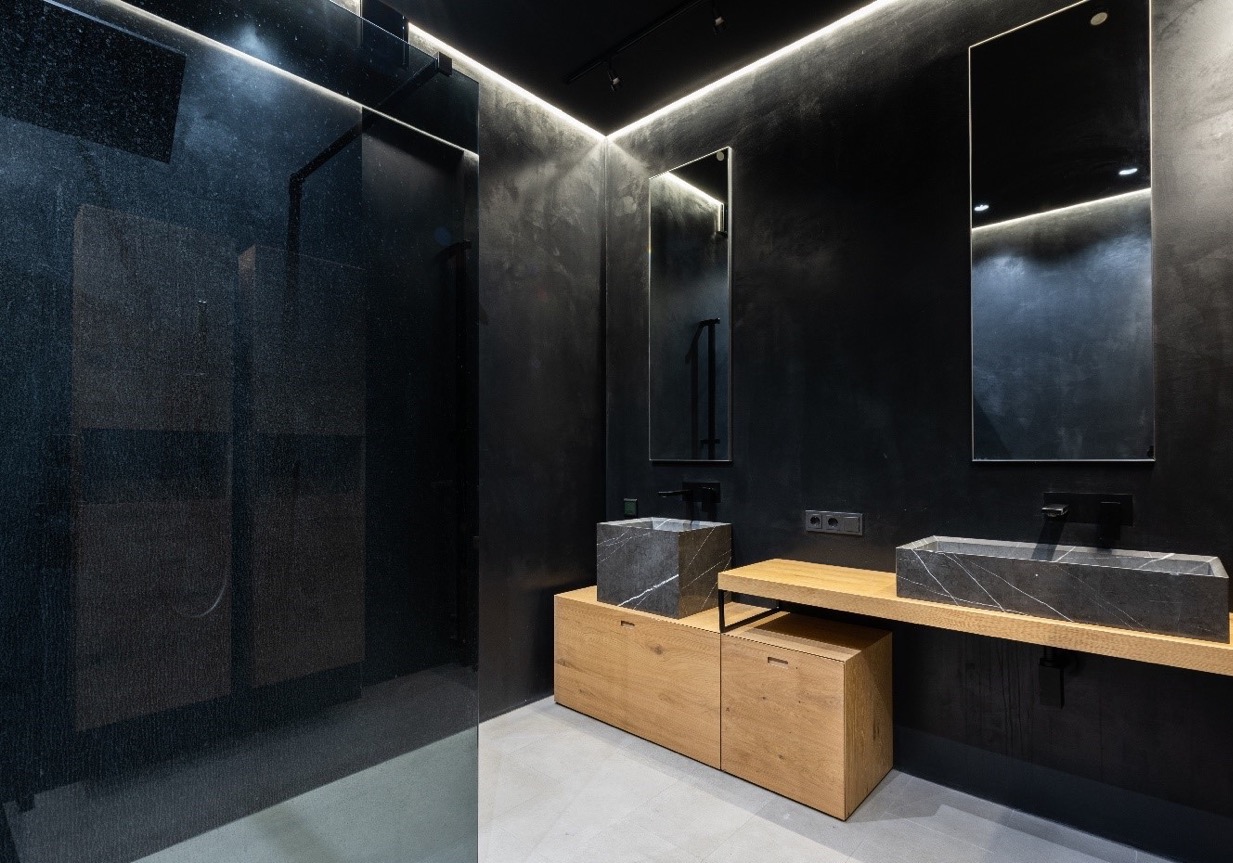
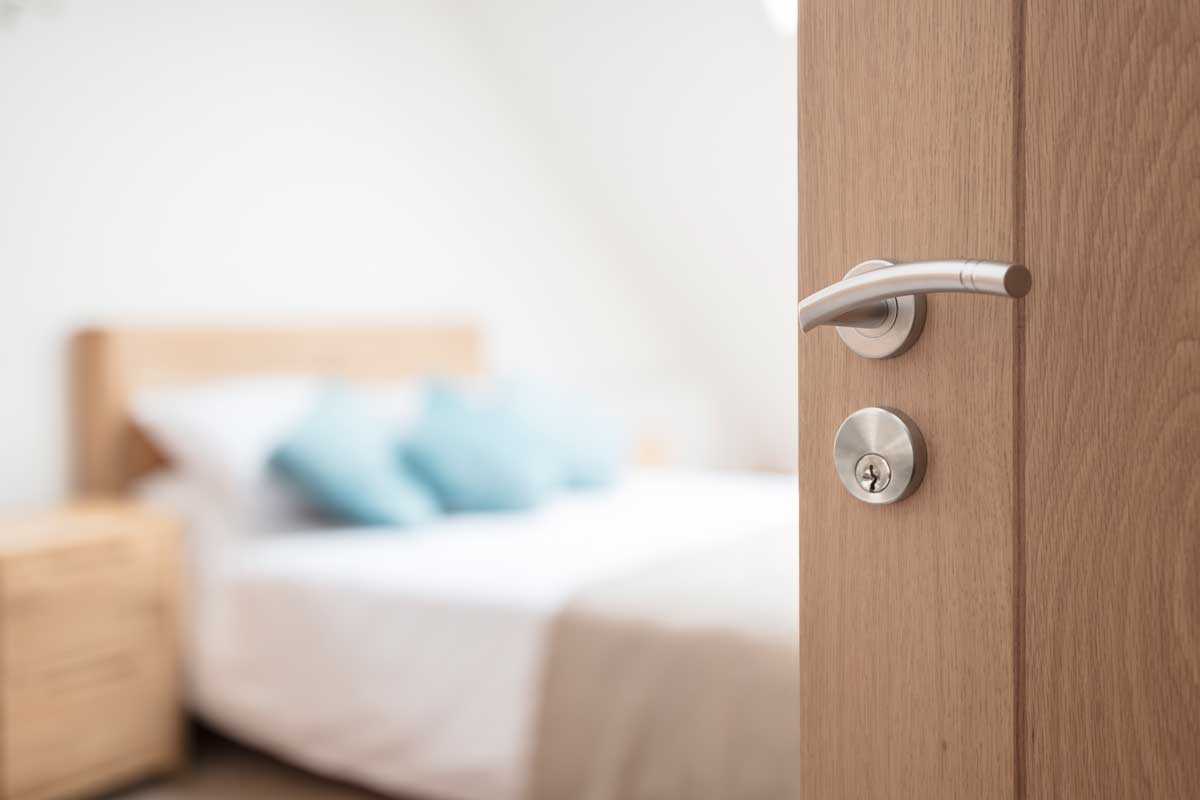



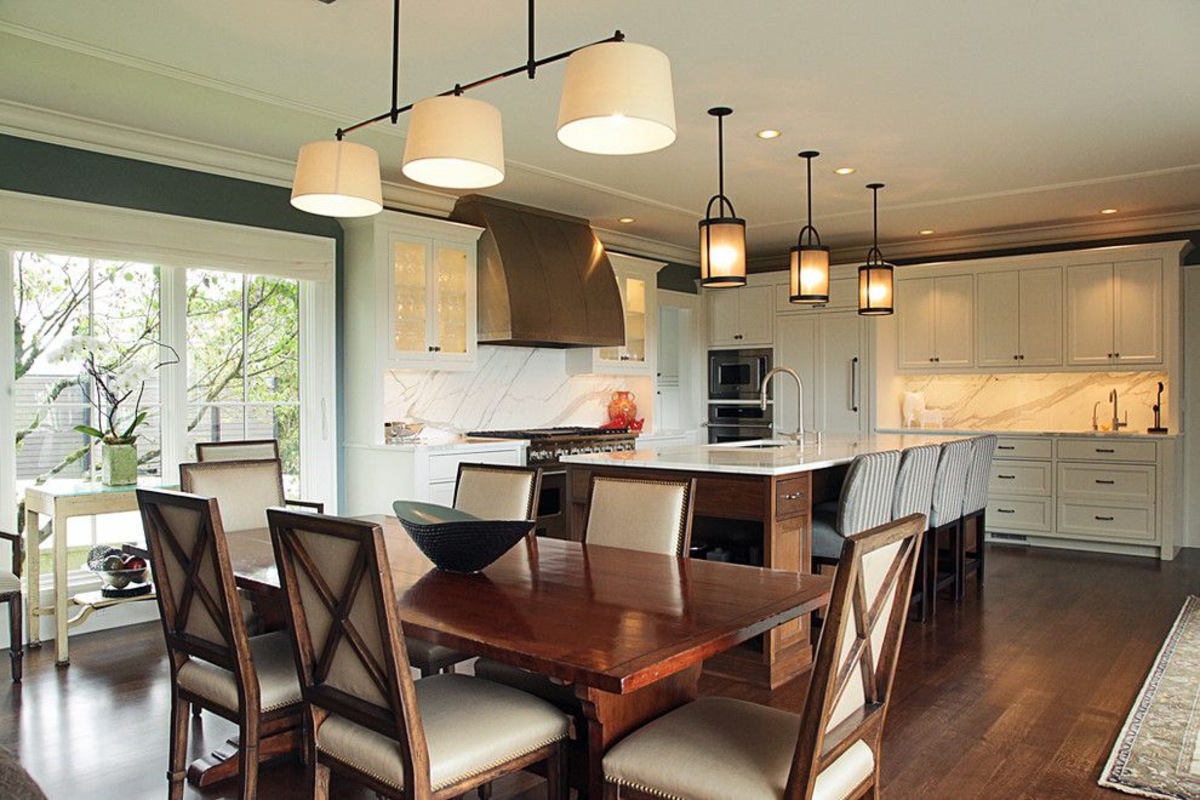

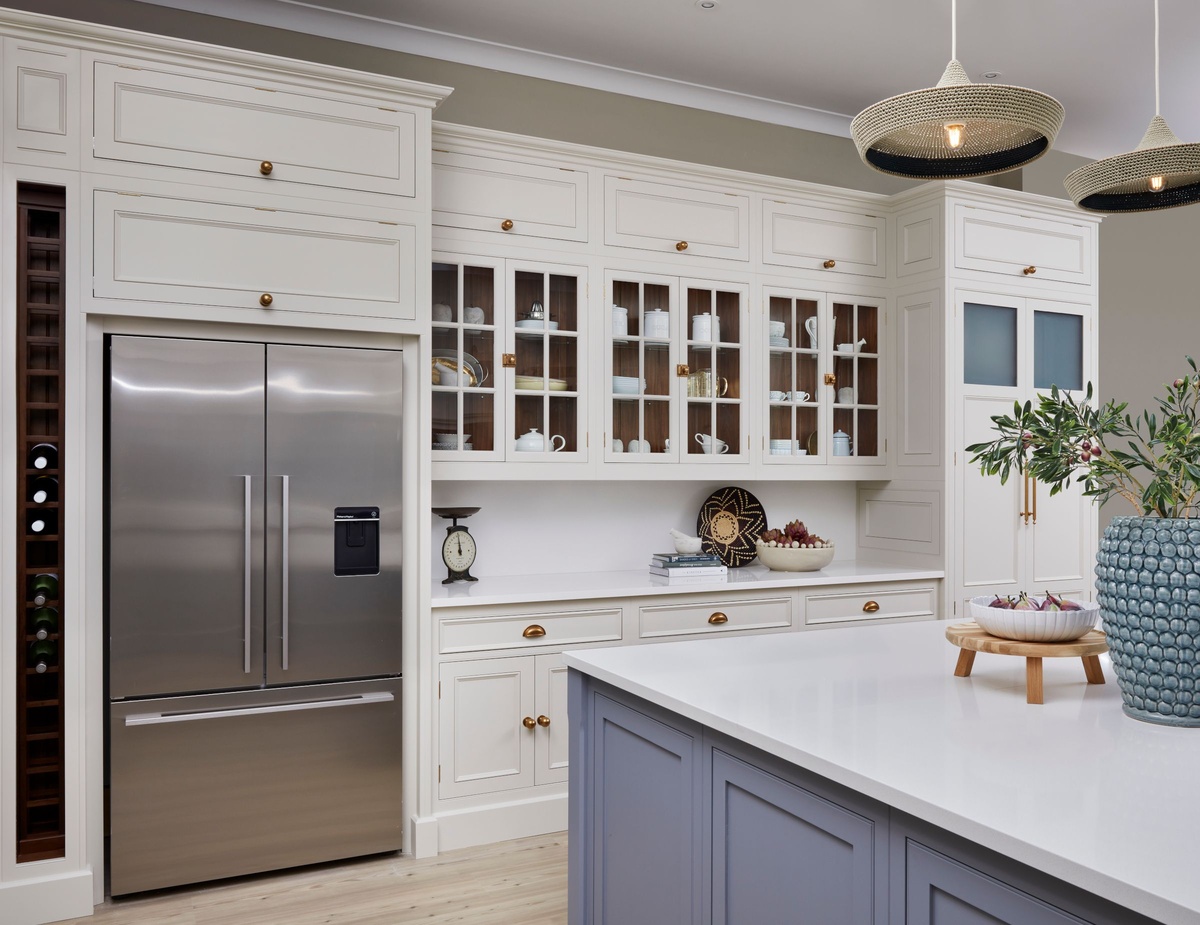
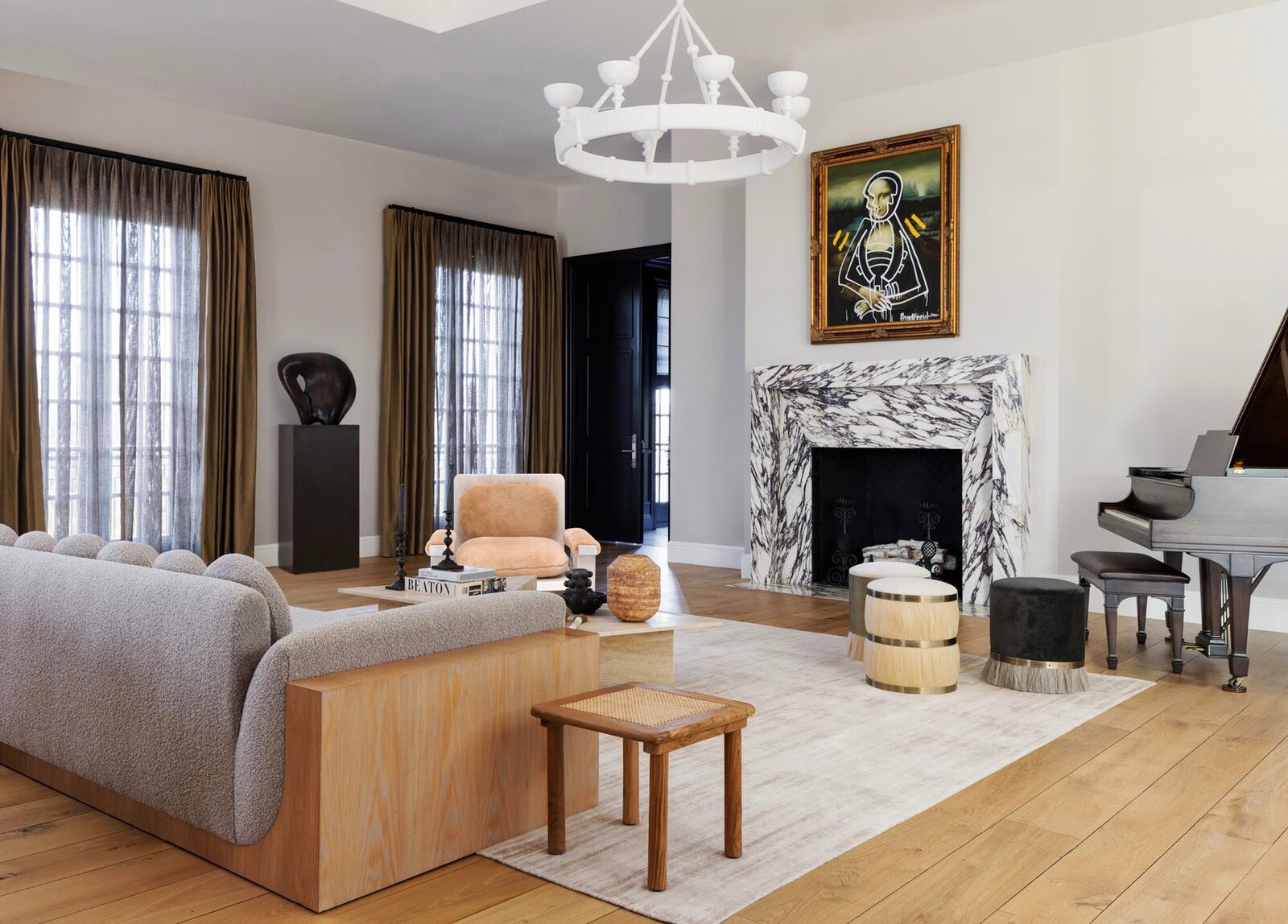
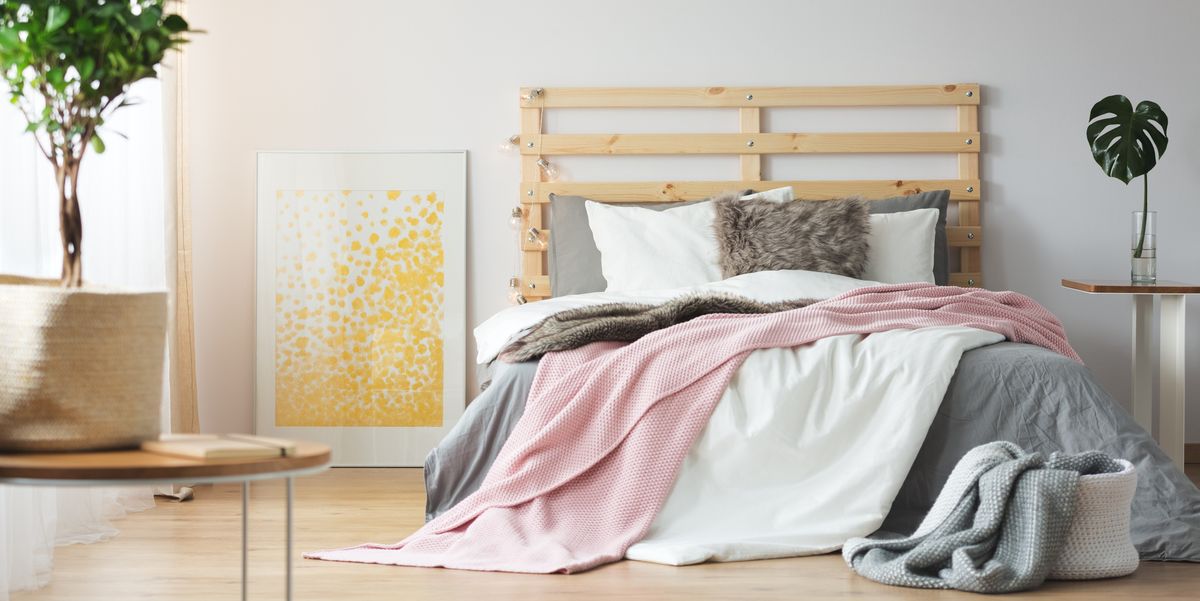
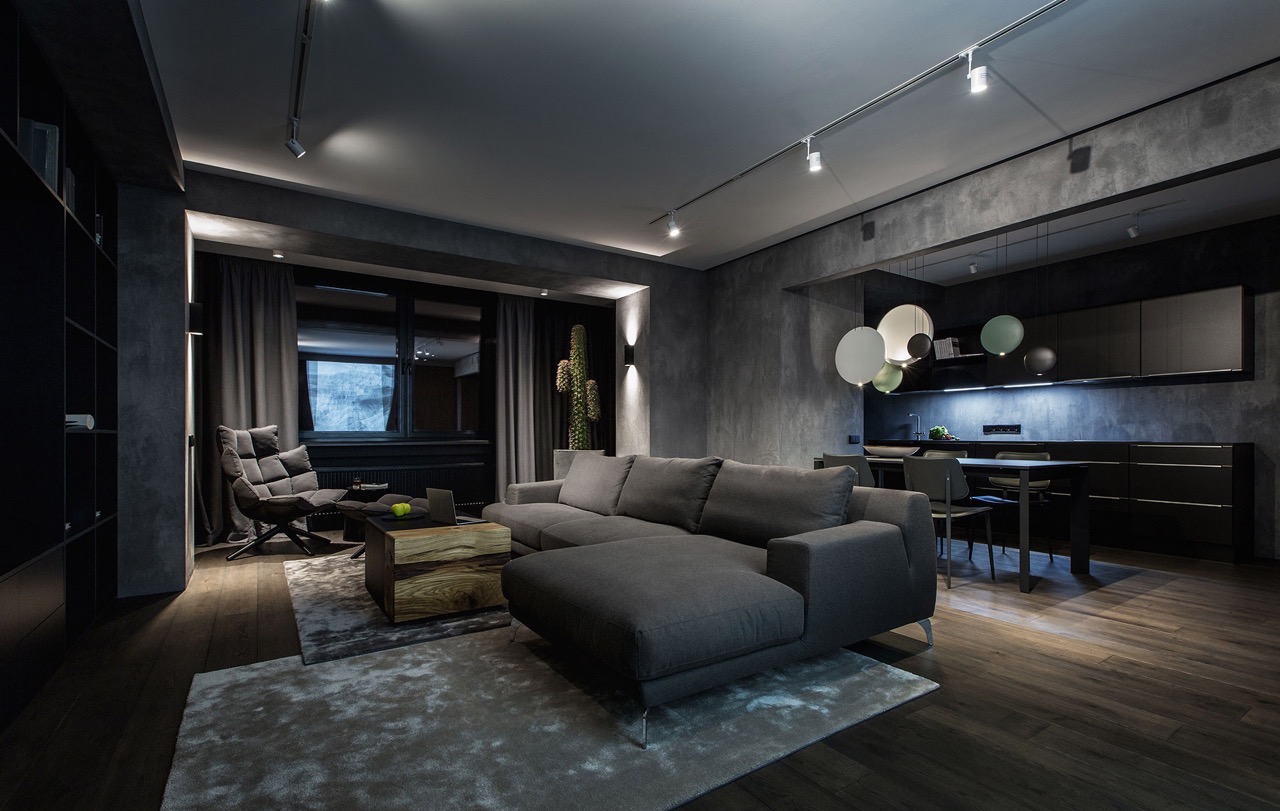
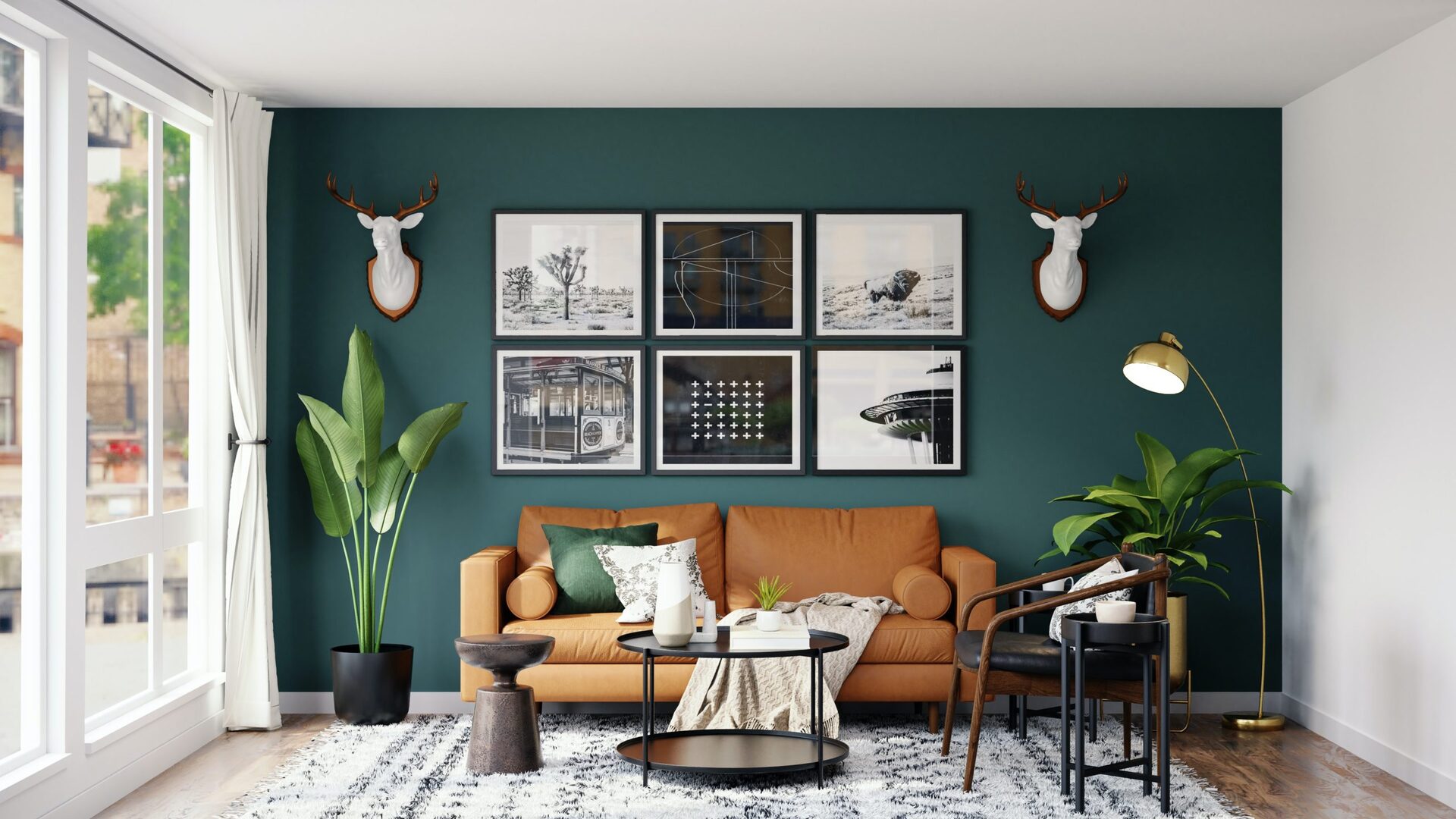
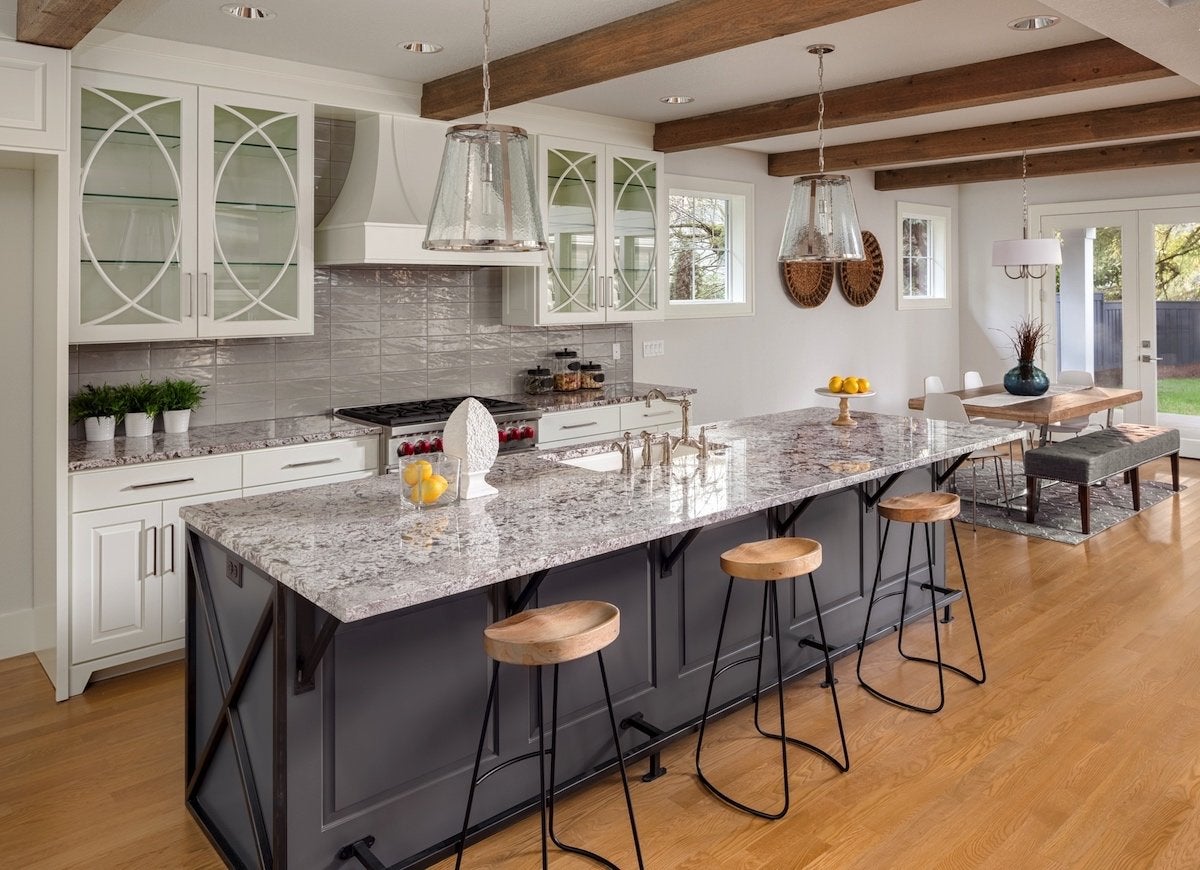

0 thoughts on “Should A Bedroom Be Light Or Dark? Sleep Experts Advice On The Best Choice For You”